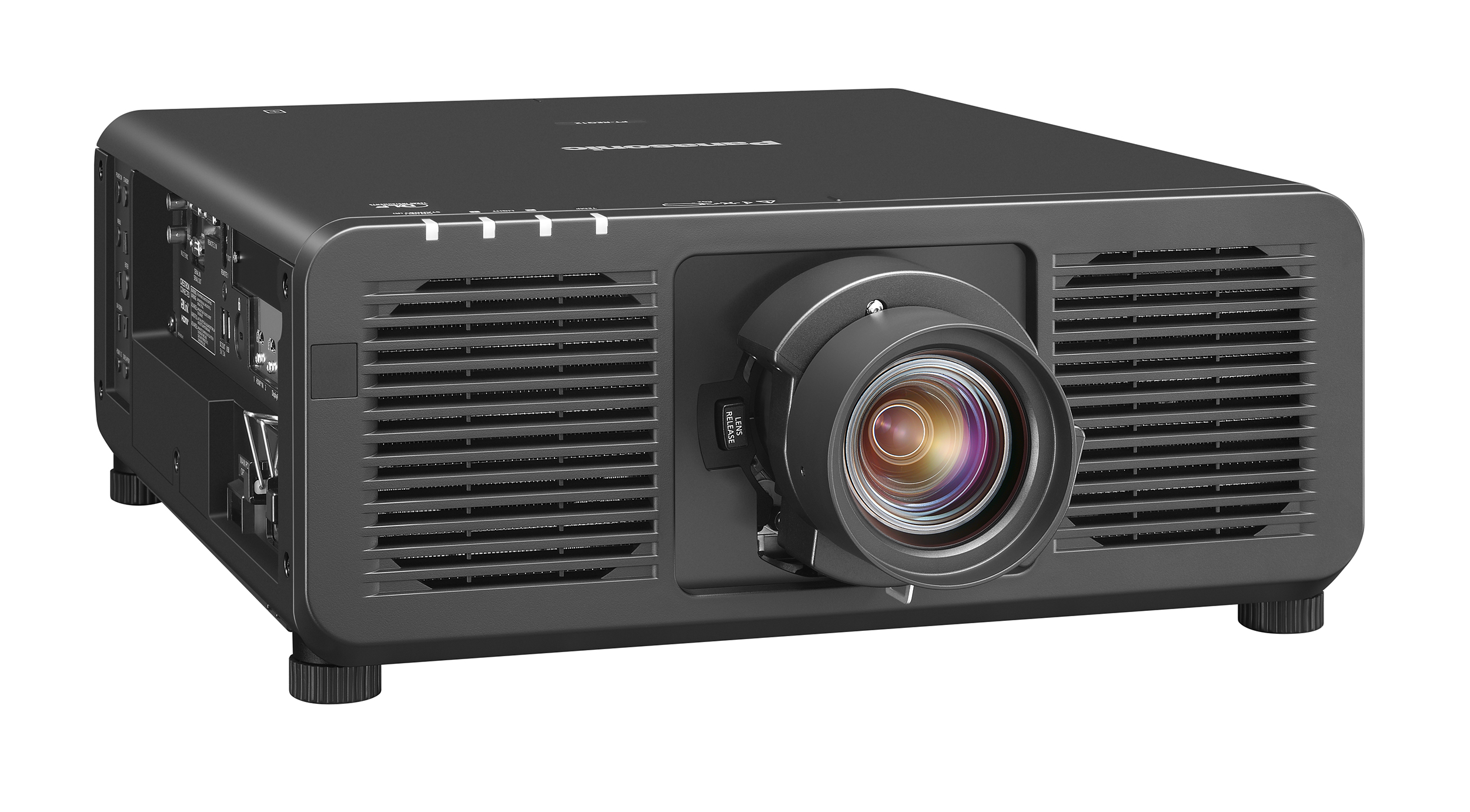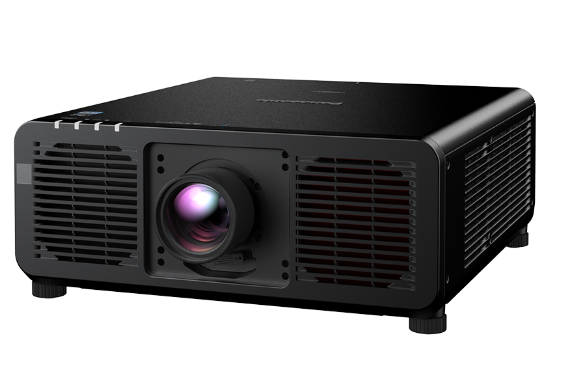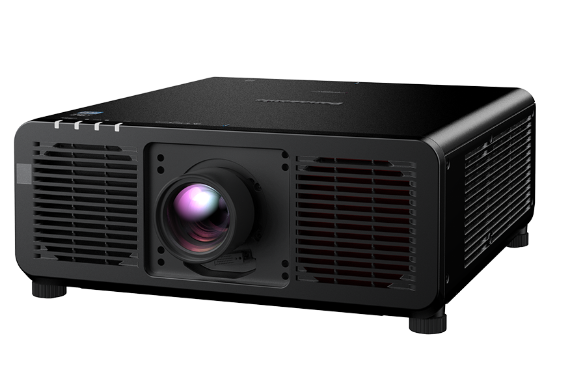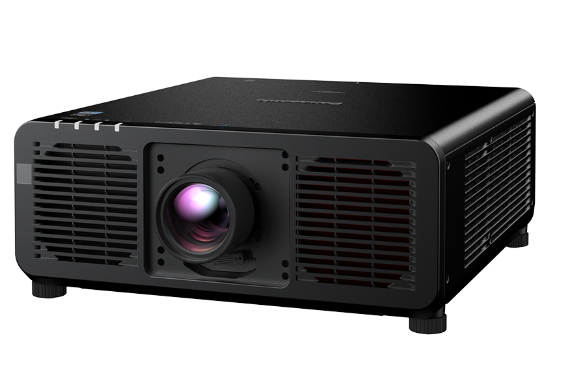Brightness: 30500 ANSI lumens
Resolution: 3.840x2.160 4K UHD
Technology: 3-Chip-DLP
Light source: Laser Phosphor
Brightness: 50000 ANSI lumens
Resolution: 4.096x2.160 4K
Technology: 3-Chip-DLP
Light source: Laser Phosphor
Brightness: 15000 ANSI lumens
Resolution: 1.920x1.200 WUXGA
Technology: 1-Chip DLP
Light source: Laser
Brightness: 12000 ANSI lumens
Resolution: 1.920x1.200 WUXGA
Technology: 1-Chip DLP
Light source: Laser
Brightness: 10000 ANSI lumens
Resolution: 1.920x1.200 WUXGA
Technology: 1-Chip DLP
Light source: Laser
Brightness: 8000 ANSI lumens
Resolution: 1.920x1.200 WUXGA
Technology: 1-Chip DLP
Light source: Laser
Brightness: 12000 ANSI lumens
Resolution: 1.920x1.200 WUXGA
Technology: 1-Chip DLP
Light source: Laser
Brightness: 10000 ANSI lumens
Resolution: 1.920x1.200 WUXGA
Technology: 1-Chip DLP
Light source: Laser
Brightness: 8000 ANSI lumens
Resolution: 1.920x1.200 WUXGA
Technology: 1-Chip DLP
Light source: Laser
Brightness: 20000 ANSI lumens
Resolution: 3.840×2.160 4K UHD
Technology: 3-Chip-DLP
Light source: Laser Phosphor
Brightness: 6200 ANSI lumens
Resolution: 1.920x1.200 WUXGA
Technology: 3LCD
Light source: Laser Phosphor
Brightness: 10000 ANSI lumens
Resolution: 1.024x768 XGA
Technology: DLP
Light source: Laser Phosphor

PANASONIC PROJECTORS NEW, DEMO AND REFURBISHED - FROM 5,000 TO 50,000 ANSI LUMENS
The first series of Panasonic projectors (PT-D8500, PT-D8600, PT-D9500, PT-D9510, PT-D9600 and PT-D9610) were launched at the end of the 90s and already had between 8,000 and 12,000 ANSI lumens and a native SXGA (1.280x1.024 pixels) resolution. However, these devices weighed around 100 kg and were accordingly large (for comparison: the Panasonic PT-RZ990 weighs only 23 kg, with comparable performance). However, the Japanese brand managed to gain trust with venues and A/V users worldwide.
Over the years, more series were added. Particularly to mention are the PT-DW series (e.g. the PT-DW10000 with Full HD resolution and 10,000 ANSI lumens), PT-DS (especially the PT-DS20K with 20.000 ANSI lumens and SXGA+ resolution), PT-DZ (especially the PT-DZ21K and PT-DZ21K2 a 20.000Lumen, WXUGA workhorses which are still very popular today) as well as the newer laser models of the PT-RZ series (here, especially the PT-RZ120 with 12,000 ANSI lumens and WUXGA resolution as well as the PT-RZ21K, the successor to the PT-DZ21K / PT-DZ21K2 with 20,000 ANSI lumens and WUXGA resolution are to be mentioned. Projectors from Panasonic are also available above 20,000 ANSI lumens and with higher resolution. Here, special mention should be made of the PT-RQ32 (27,000 ANSI lumens and WQXGA resolution, i.e. 2.560x1.600 pixels) and the PT-RQ50K (with 50,000 ANSI lumens and 4K resolution).
Laser projectors have also been part of Panasonic's protfolio for a few years now (PT-R series). These use multiple lasers to generate white light. This has the advantage of eliminating the need to change lamps after about 2,000 hours. According to Panasonic, the life expectancy of the laser light source is about 20,000 hours which we at ReBeam can confirm. We have refurbished units with more than 20,000 hours that are still running really well and maintain a good brightness. Another advantage is the faster cooling time of the laser projectors. Whereas A/V technicians used to have to cool down projectors for a long time after they were turned off, this cooling phase has been shortened to a few seconds in most cases.
Panasonic, unlike Epson for example, is not limited to one projection technology. Thus, we find 1-chip DLP, 3-chip DLP and 3LCD projectors in their portfolio. Thus, the right product can be found for every application and for every budget. Accordingly, it is not surprising that Panasonic is the current market leader in the A/V professional sector with a market share of about 39% (source: Futuresource). The projectors can be found in theaters and opera houses, at trade shows and concerts, and at open-air events around the globe. Most projectors are used in fixed installations. Panasonic projectors are also popular for facade projections (so-called mapping).
One of the great strengths of Panasonic projectors is the usability of the lenses beyond the single product. Thus, lenses for 1-chip DLP projectors can be used in all 1-chip DLP series. Lenses for 3-chip DLP projectors in (almost) all Panasonic 3-chip DLP projectors. As a result, the lenses have a long usage cycle of often more than 10 years, relatively constant market value and their owners do not need to buy new lenses when they purchase a new projector (of the same technology). By purchasing the Sanyo company in 2011, Panasonic expanded its portfolio to include corresponding LCD projectors. Here, too, the successor models such as the PT-EX16K can be equipped with the "old" Sanyo XF lenses. A really nice example of sustainability: the Sanyo XF lenses came on the market as early as 1998 and can still be used in the large Panasonic projectors PT-EX12K and PT-EX16K.
Panasonic is currently investing a lot of time and money to make the projectors easier to use. For example, RFID chips are integrated into the latest models, which allows access to configure the projector without switching it on. In addition to such small innovations, the projectors manufactured by Panasonic are characterized by high durability and are also highly recommended for touring and rental use.
In our experience, the projectors easily reach a service life of 50,000 hours with regular maintenance.
One more thing to mention: we LOVE Panasonic projectors and lenses. As a result, we always have around 50 units and more than 100 lenses in stock. Both for rent and for sale.
However, ReBeam does not only offer Panasonic projectors and lenses, but also suitable accessoires such as screens of any size and design, flying frames and roll cases, of course matching the respective dimensions of the projector. If you do not find the right product, please do not hesitate to contact us.

























